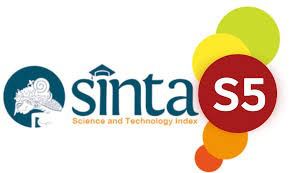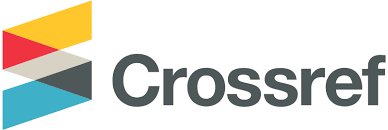Implementation of Flipped Classroom Model to Improve Students' Academic Achievement in Teluk Bintuni
Deva Putra, Renda Sandi
Abstract
Implementation of the Flipped Classroom model in improving students' academic achievement in secondary schools in Teluk Bintuni, especially in science and mathematics subjects. The method used is an experimental design with a quantitative approach, namely the pretest-posttest control group. The experimental group used the Flipped Classroom model, while the control group followed traditional learning. The results showed that the Flipped Classroom model improved students' academic achievement with an average score increase of 30% in the experimental group, compared to 14% in the control group. However, the main challenge faced is the limited access to technology and adequate infrastructure in the area. These findings indicate that Flipped Classroom can be an effective learning alternative, as long as adequate technological support and training for teachers are provided
Keywords
Flipped Classroom, academic achievement, innovative learning, science, mathematics
DOI:
https://doi.org/10.46336/ijeer.v5i1.836
Refbacks
There are currently no refbacks.
Copyright (c) 2025 Deva Putra, Renda Sandi
Published By:
IJEER: Jalan Riung Ampuh No. 3, Riung Bandung, Kota Bandung 40295, Jawa Barat, Indonesia
IJEER Indexed By:
<div class="statcounter"><a title="Web Analytics" href="https://statcounter.com/" target="_blank"><img class="statcounter" src="https://c.statcounter.com/12520676/0/8be648d7/0/" alt="Web Analytics"></a></div> Creative Commons Attribution 4.0 International License .
View My Stats
 This work is licensed under a Creative Commons Attribution 4.0 International License.
This work is licensed under a Creative Commons Attribution 4.0 International License.








